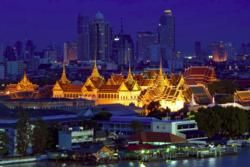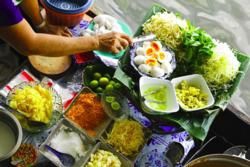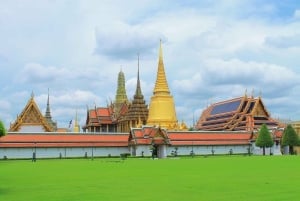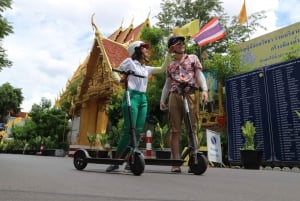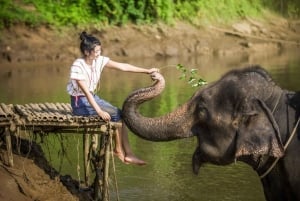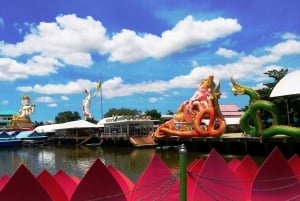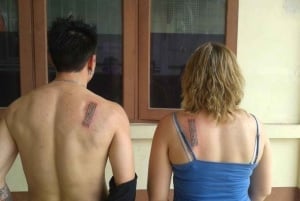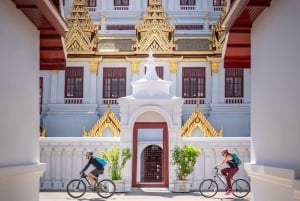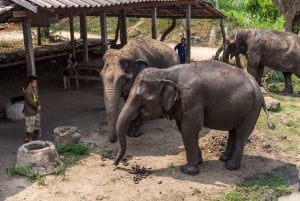History and Culture
History
Today, Bangkok stands as a tropical metropolis and one of Asia's most traveller friendly cities; a cultural mixing bowl of sights and attractions contrasting with the chasm between rich and poor that comes hand in hand with rapid urban development. However, Bangkok was not always such a thriving city.
Bangkok was originally a small agricultural village, but was crowned Thailand's capital in 1782 by King Rama I, due to its location on the flood plains of the Chao Phraya River providing natural defence and water supply. From then on, the history of the city has mostly been centred around the renovation of old temples and palaces. Originally, much of the construction projects involved a complex weave of canals through the city, giving it the name the 'Venice of the East', with houses built on stilts in many areas. Unfortunately, the extensive development of more recent years has meant many of these canals have been paved over.
In the mid nineteenth century, the arrival of missionaries and traders saw an increase in foreigners into Bangkok and post World War II, the city became increasingly urbanised, with improved infrastructure and a rising population. The industries became based mainly on the products reaped from the surrounding region, like paper and sugar. However, the main income for the city comes from tourism, with thousands of travellers visiting the capital every year. Although the skyline is littered with modern day construction today, there still lies a rich traditional culture, and the mix of the two is what makes Bangkok such a popular destination.
Culture
The 'Bangkokians' are known as being truly friendly, and their welcoming attitude and politeness has earned Thailand the informal accolade as the 'Land of Smiles'. Therefore, as a visitor, it is important to respect their lifestyles, and to be aware of cultural norms.
Religion:
Although Bangkok is strongly influenced by the modern development of the western world, it still stays true to its historical background and traditional Buddhist spirituality. The majority of locals in Bangkok are Buddhist and as a result the city is awash with monks, temples and Buddha statues. Maintaining a peaceful and calm attitude is at the centre of their religious beliefs and visitors should respect that. Also, when visiting religious attractions, appropriate attire should be worn, covering shoulders and knees and taking off footwear before entering.
Cuisine:
Known for its mouth-watering tucker, Thailand is internationally recognised for exotic use of flavours and some more alternative edible treats. Food carts and stalls are seen on every street corner and the tempting aromas often draw you in. As well as the curries and noodle dishes that most tourists know, there are the more alternative options, such as fried grasshoppers and scorpions if you're feeling adventurous.
Arts:
Bangkok is home to a great number of enchanting arts and crafts, handmade using local materials like coconut rusk and palm leaves and great skills which have been passed down from generation to generation, in particular, the smooth and beautiful Thai silks that can be found everywhere in the city. Traditional dances have been maintained in Bangkok, mainly for tourism purposes, but performances of the Teut-Teung (drum dance), Rice Growers Dance and the Combat Sticks and Swords can often be seen either in public places in the city or in more formal dance shows.


